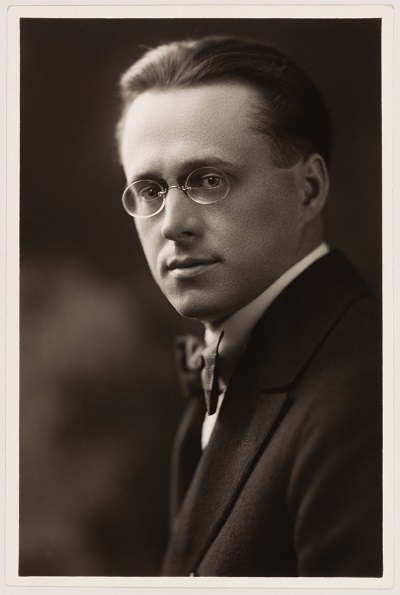Ernest Cormier National Historic Person (1885-1980)

© Ernest Cormier Fonds, Canadian Centre for Architecture
Ernest Cormier was designated a national historic person in 217.
Historical importance: Both an engineer and one of the most renowned Canadian architects of the 20th century, he was selected by the federal government to represent Canada for the design of the United Nations Headquarters in New York (1949-1952).
Commemorative plaque: no plaque installedFootnote 1
Ernest Cormier (1885-1980)
Ernest Cormier, born in Montréal in 1885, was one of the most renowned Canadian architects of the 20th century. Trained at the École des Beaux-Arts de Paris, he developed an innovative architectural vocabulary, employed new materials and the latest construction techniques, and mastered the entire design process right down to the smallest details of furnishing. He created an outstanding body of work, which includes a number of Canadian architectural milestones. Cormier was chosen to represent Canada for the design of the United Nations Headquarters in New York (1949-52). A notable figure of Montréal's cultural and intellectual avant-garde, he advanced the concept of modernity between the wars. Through his professional commitment, he worked to improve the image of architects and to have better control over the practice of his profession in Quebec.
Cormier first studied civil engineering, then later attended the École des Beaux-Arts de Paris. In 1918, he became only the second French Canadian architect to receive a degree from this prestigious institution. Returning to Canada, he founded the Montréal firm of “Ernest Cormier, Architect and Engineer-Constructor”, a name which reflects his double training. Cormier went on to have a prolific career in Montréal in the 1920s and 1930s. His most noted accomplishment in this era was the main building at the Université de Montréal (today the Roger-Gaudry Building), built in two phases (1928-31 and 1941-42). During the same period, Cormier designed and built his home at 1418 Pine Avenue West (1930-31), which is renowned for being one of the best Art Deco buildings in Canada. Starting in the late 1930s, he gained a national reputation thanks to the design and construction of the Supreme Court of Canada building in Ottawa (1938-39). Later, he was invited by Government of Canada to join a multinational committee of ten prestigious architects responsible for designing the United Nations Headquarters in New York (1949-52), and was made an Officer of the Order of Canada in 1974.
In addition to his professional practice, Cormier also taught at McGill University (1919-20) and at the École polytechnique de Montréal (1925-54). He contributed to the architectural and engineering professions by becoming involved in a number of professional associations, including the Association des architectes de la province de Québec, of which he was president in 1929. Cormier received numerous awards, medals, and honours in recognition of his outstanding technical expertise and artistic skills which enabled him to design a complete building including its decorative elements and furnishings.
Backgrounder last update: 2021-06-09
The National Program of Historical Commemoration relies on the participation of Canadians in the identification of places, events and persons of national historic significance. Any member of the public can nominate a topic for consideration by the Historic Sites and Monuments Board of Canada.
- Date modified :